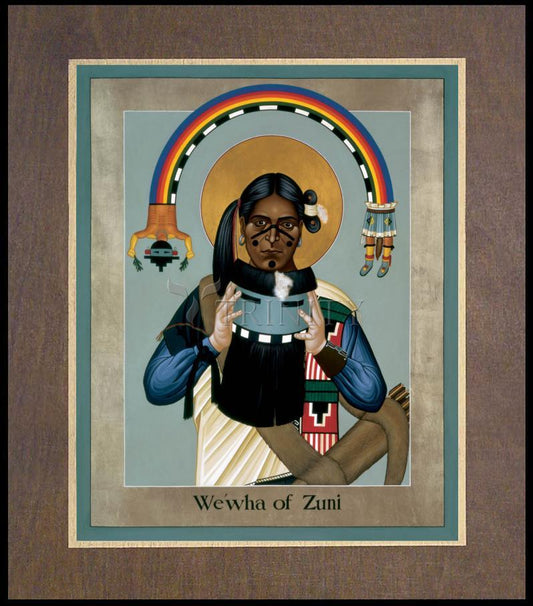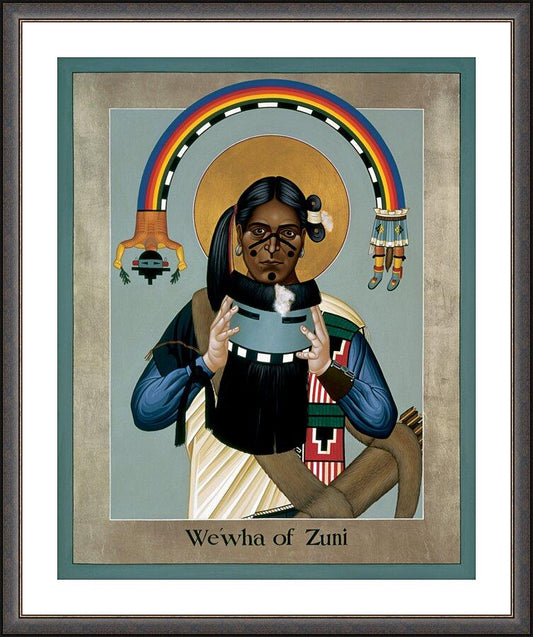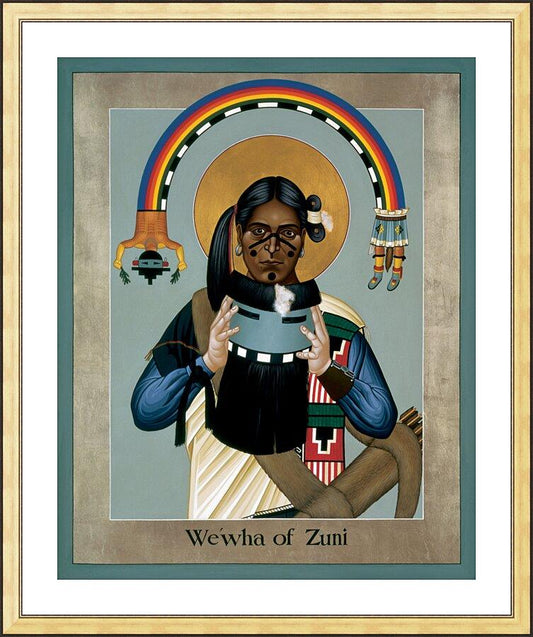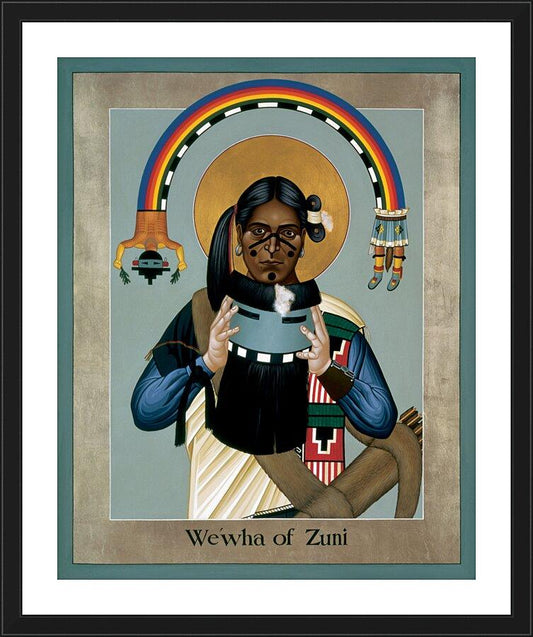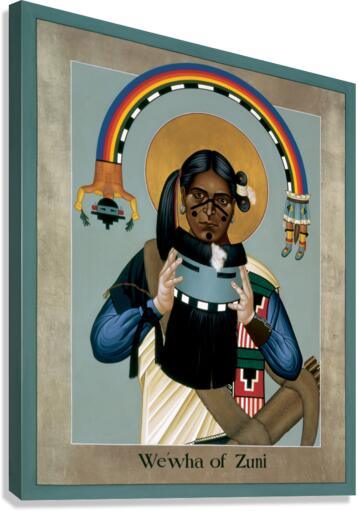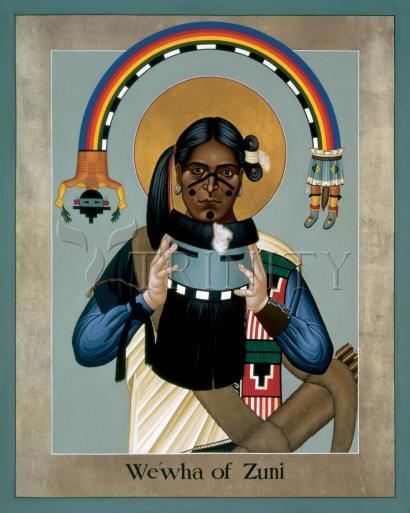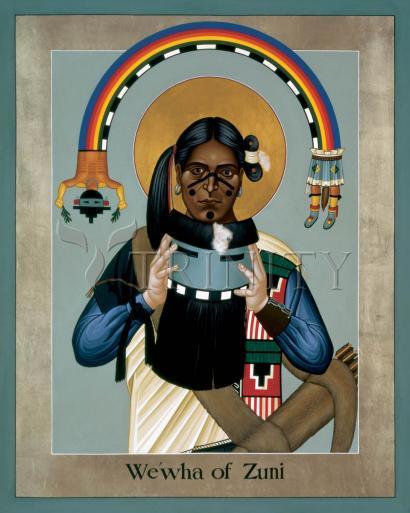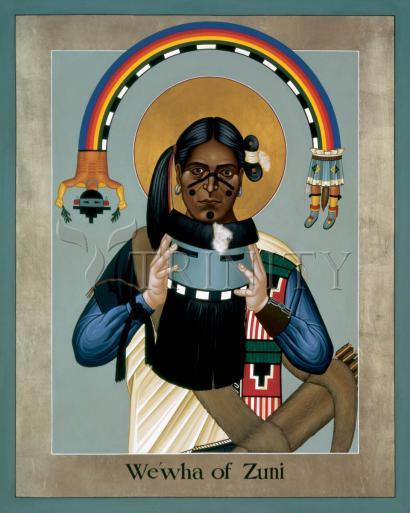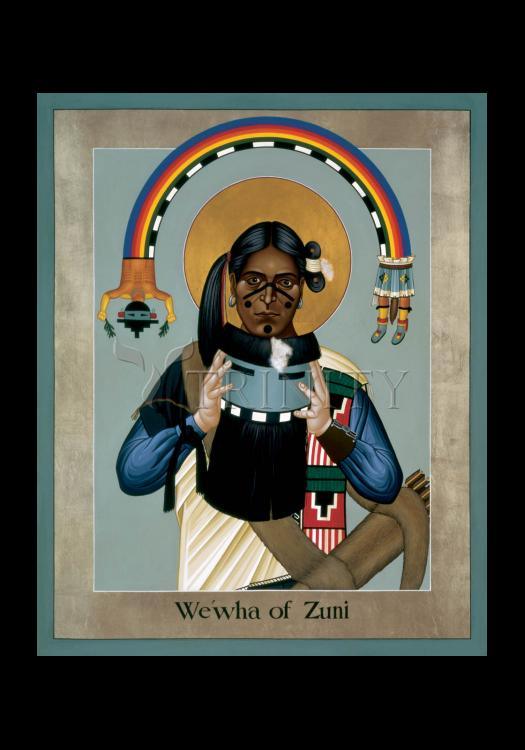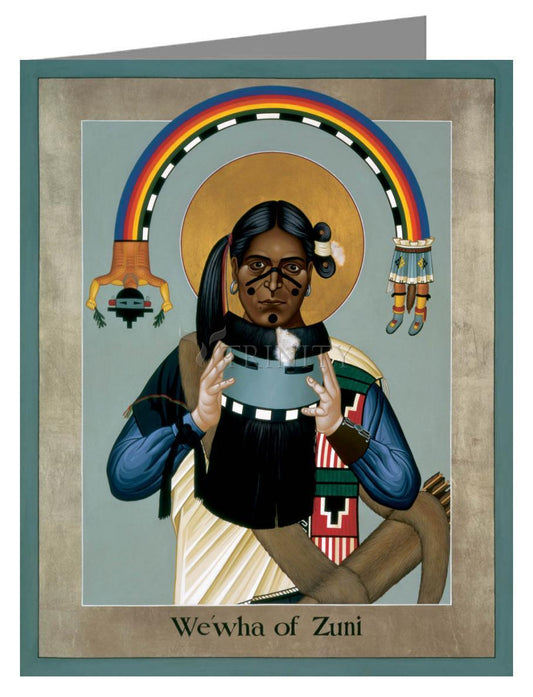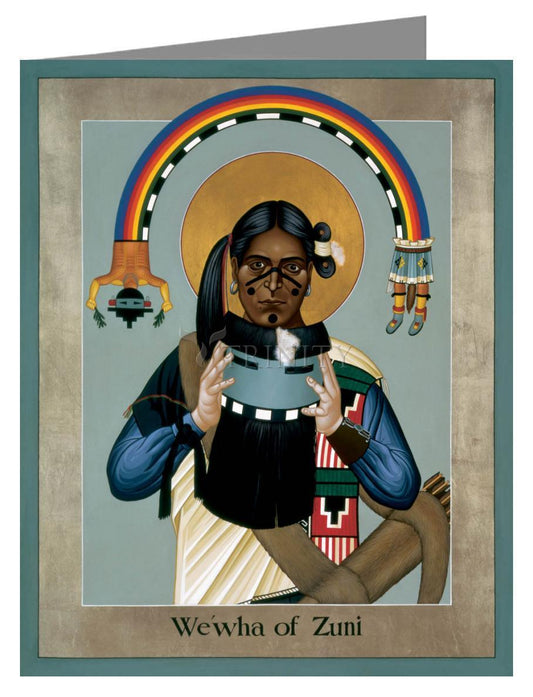In 1886 Washington, D.C. was emerging as the metropolitan capital of a booming nation. The trauma of the Civil War was in the past while industrialization and urbanization were in full swing. In the West, the last Indian tribes had been defeated. America had achieved its "manifest destiny." Now it was beginning to face the consequences of rapid growth and settlement. In Washington, a new generation of young professionals was eager to tackle these problems, especially the exploration of the West and its resources, including its native people. Prominent among these were the anthropologists Matilda Coxe Stevenson, one of America's first women scientists, and her rival, Frank Hamilton Cushing, an eccentric young man fascinated with native people since his childhood.
Four years earlier Cushing had brought a delegation of Zuni Indians on a much-publicized tour of the East. Stevenson decided she had to keep up, and so early that year she brought a remarkable cultural ambassador to the nation's capital.
The Zuni "princess" We'wha (WAY-wah), as the local papers dubbed her, was an instant celebrity. Throughout the spring of 1886, she mingled with politicians, government officials, politicians, and the local elite. She befriended the speaker of the house and called on his wife. She demonstrated Zuni weaving on the Mall and worked with anthropologists at the Smithsonian Institution. She even appeared in a charity event at the National Theatre before an audience of senators, congressmen, Supreme Court justices, and the president. Finally, in early June, she paid a personal call on President Cleveland himself.
Washington society would have been shocked to learn the truth about We'wha. At six feet, the Zuni "princess" was one of the tallest and, according to Stevenson, strongest members of her tribe. Newspaper stories noted her "rather large" features and masculine stride. Yet, no one in Washington doubted that the visitor from Zuni was a woman.
But, in fact, We'wha was a man.
How could a six-foot tall Indian man be mistaken for a "maiden" and a "princess"? This was no Pocahontas! Even more intriguing is the relationship between Stevenson and We'wha. According to one gossip, "she" regularly entered the ladies rooms and boudoirs of Washington. How could Stevenson not know that her intelligent Zuni informant was really, in the words of one gossip, a "bold, bad man"?
The answer to this question takes us back to the dusty pueblo in New Mexico where We'wha grew up as an individual who combined male and female traits in a socially-recognized third gender role. The Zuni Man-Woman tells the story of the friendship that developed between We'wha and Matilda Stevenson, beginning in 1879, and the rivalry between Stevenson and Cushing, two pioneers of the new science of anthropology.
The Zuni Man-Woman explores a fascinating Native American tradition that until recently has been almost entirely overlooked -- the role of the berdache or "two-spirit" (a term preferred by many contemporary native people), a status that once existed in tribes throughout native North America.
Berdaches often held honored and influential positions. We'wha was an accomplished potter and weaver, and a recognized expert in Zuni religion. That such an individual could become a representative for his tribe underscores the degree to which individual differences in gender and sexuality were accepted. In most tribes the ability to combine male and female skills was not viewed as a liability but a talent. It came as no surprise to the Zunis that We'wha would travel thousands of miles, overcoming the obstacles of language and culture, to live and mingle with the leaders of a powerful nation. Berdaches were expected to be extraordinary.
The Zuni Man-Woman reveals an American West strikingly different from "cowboy-and-Indian" stereotypes. It was a frontier of gender as well as culture, where an ambitious woman like Matilda Stevenson could prove herself the equal of men and where a visionary like Frank Cushing could find the meaning of life by "going Native." And it was a frontier where a man dressed as a woman could earn the respect and admiration of Indians and non-Indians alike"
"Excerpts from Santa Fe New Mexico Magazine: The Zuni Man-Woman



